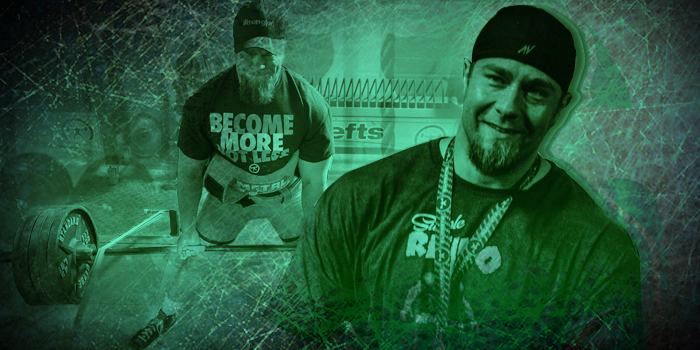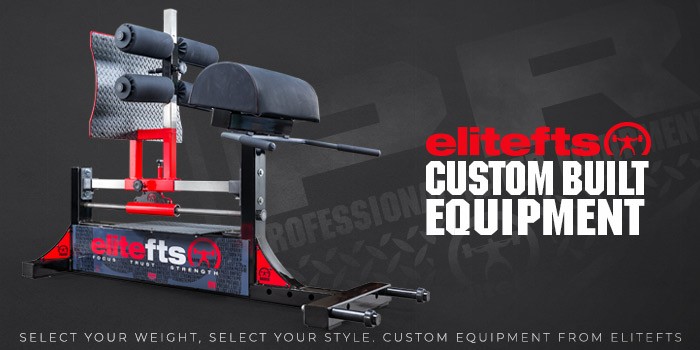
For powerlifters, numbers do the talking. During meet prep, something’s got to give, and it is often health and aesthetics. If your programming is on point, you can build mass all year round. But why not have a dedicated cycle to focus on that while transitioning out of some downtime?
If you take the week off before the meet and another week off after, you are now two weeks down, with another just to get back into the swing of things. After a week or two of unstructured training, you can transition into this program to ease back into bigger movements while still working hard and limiting the load.
No machines at your gym? No problem. This was written for a hardcore powerlifting-friendly gym with limited access to machines. A Reverse Hyper™ machine, glute-ham machine, and lat pulldown machine will be all the machines you need. Specialty bars, chains, dumbbells, and a rack and bands will make up nearly everything else. You don’t need a big facility or loads of equipment to get huge. A little creativity paired with enough food will get you started on the path to getting huge.
Percentages
You will find certain exercises that have weights listed based on a 400-pound max. Divide your max by 400, and then, multiply that number times the work weight to find the weight you should use. If your max is 315, this is how it would look.
315/400 = .78
Work sets listed might be 205 and 225.
You would do 205 x .78 = 160 and 225 x .78 = 175.
Because this is an offseason program, we want to push the muscular work. If you have a technical breakdown on the bigger lifts, shut it down. You want to avoid injury and pain. This is not an excuse to take it easy on yourself but rather to know where to push and know where you need to dial things back. The strength work is taking a back seat and is limited in the program, but not so much that you can’t transition into your next strength block.
Schedule
This program is five days per week. The two hardest workouts will be legs and back. Take your days off after those days. There is some overlap in the back/leg work, so make sure that you have 72 hours between those days. Recovery is key. If you can’t recover, you can’t give it your best.
PROGRAM
Where do you go from here? If you have no plans to compete, you can run a similar cycle with small modifications. Change angles, add bands, add chains, use a different exercise, or change the order. If you compete twice per year, eight weeks of this kind of training post meet is a great way to add mass and to give your body a different challenge.











2 Comments